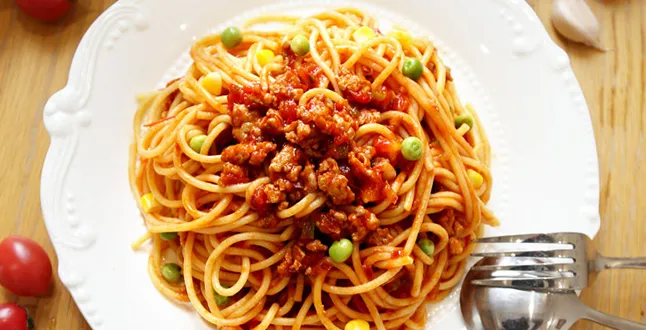fresh pasta
The Allure of Fresh Pasta A Culinary Delight
Pasta, a staple in many households around the world, has a special charm when it's fresh. While dried pasta has its place in our pantries, the texture, flavor, and experience of fresh pasta elevate any dish to gourmet status. This article explores the world of fresh pasta, its preparation, and the joy it brings to the dining table.
The Magic of Fresh Pasta
Fresh pasta is typically made from just two ingredients flour and eggs. This simplicity belies the complexity of flavors and textures that can be achieved. When kneaded together, the dough becomes rich and elastic, able to hold various fillings or sauces. Fresh pasta can be shaped into countless forms - from delicate ravioli and fettuccine to lasagna sheets and tortellini. Each shape holds a story and brings a unique texture to the dish.
The beauty of fresh pasta lies not only in its taste but also in its versatility. It can be enjoyed in various cuisines, enhanced with vibrant sauces, fresh vegetables, or proteins. A simple olive oil and garlic dressing can transform fettuccine into a delightful meal, while a rich bolognese sauce brings depth to pappardelle. The possibilities are endless, allowing both chefs and home cooks to experiment and create.
The Health Benefits
Beyond its incredible taste, fresh pasta offers health advantages over its dried counterpart, particularly when made from whole grains
. Fresh pasta can be made with whole wheat flour or alternative grains like chickpea or lentil flour, which provide added fiber and protein. Additionally, because it’s made without preservatives, fresh pasta can be a healthier option.Also, the process of making fresh pasta can be a mindful and rewarding experience. Kneading the dough and rolling it out can be therapeutic. This hands-on approach connects us to the food we consume, fostering a greater appreciation for the culinary arts.
fresh pasta

Making Fresh Pasta at Home
Creating fresh pasta at home may seem daunting, but it can be a fun and fulfilling activity. Start with quality ingredients. Use finely milled flour, such as “00” flour, for an incredibly tender pasta. Create a well with flour on your countertop, crack in some eggs, and whisk them together with a fork while gradually incorporating the flour. Knead the dough until it’s smooth and elastic, then let it rest for about 30 minutes.
Once rested, roll out the dough using a pasta machine or a rolling pin. Cut it into your desired shape, and it’s ready to be cooked. Fresh pasta cooks much faster than dried, usually only needing about 2-3 minutes in boiling salted water.
Serving Fresh Pasta
When it comes to serving fresh pasta, the sauce should complement rather than overwhelm the delicate flavor of the pasta. A classic marinara, a creamy Alfredo, or a simple pesto made with fresh basil can all be excellent partners. Garnishing with fresh herbs, a sprinkle of Parmesan cheese, or a drizzle of high-quality olive oil can elevate the dish further.
Conclusion
Fresh pasta holds a special place in the culinary world. Its rich texture, diverse shapes, and delightful taste make it a beloved choice amongst pasta enthusiasts. Whether prepared in a bustling restaurant kitchen or a quiet home kitchen, fresh pasta invites creativity and joy into the cooking process. As we gather around the table to indulge in a plate of homemade pasta, we celebrate not just the flavors but also the love and labor that go into each bite. The allure of fresh pasta lies not just in its ability to satisfy hunger but also in the memories and connections it helps create. So, roll up your sleeves, grab your flour, and embark on the delightful journey of making fresh pasta.
-
Unleash Your Inner Chef with Delectable Italian Pasta CreationsNewsAug.01,2025
-
Savor Health and Flavor: Irresistible Soba Noodles for Sale Await!NewsAug.01,2025
-
Nourish Your Body with Premium Organic Ramen - A Culinary Delight AwaitsNewsAug.01,2025
-
Elevate Your Dishes with Our Exquisite Kinds of Egg NoodlesNewsAug.01,2025
-
Dive into Flavorful Convenience with Our Ramen OfferingsNewsAug.01,2025
-
Discover Exquisite Types of Naengmyeon and Chilled Soba NoodlesNewsAug.01,2025
-
Is Whole Wheat Pasta Healthy?NewsMay.30,2025
Browse qua the following product new the we

















































































































